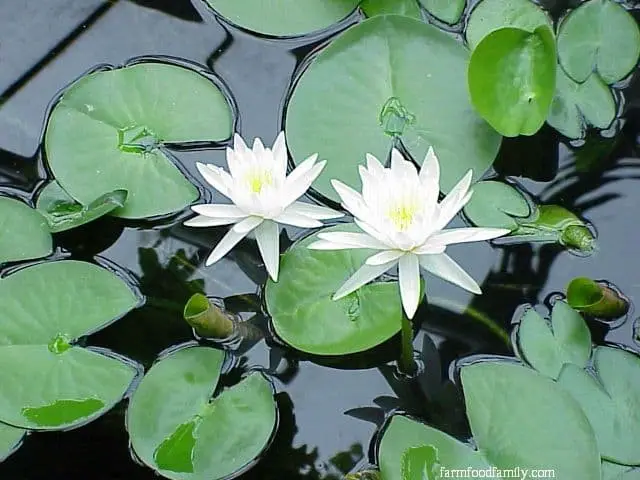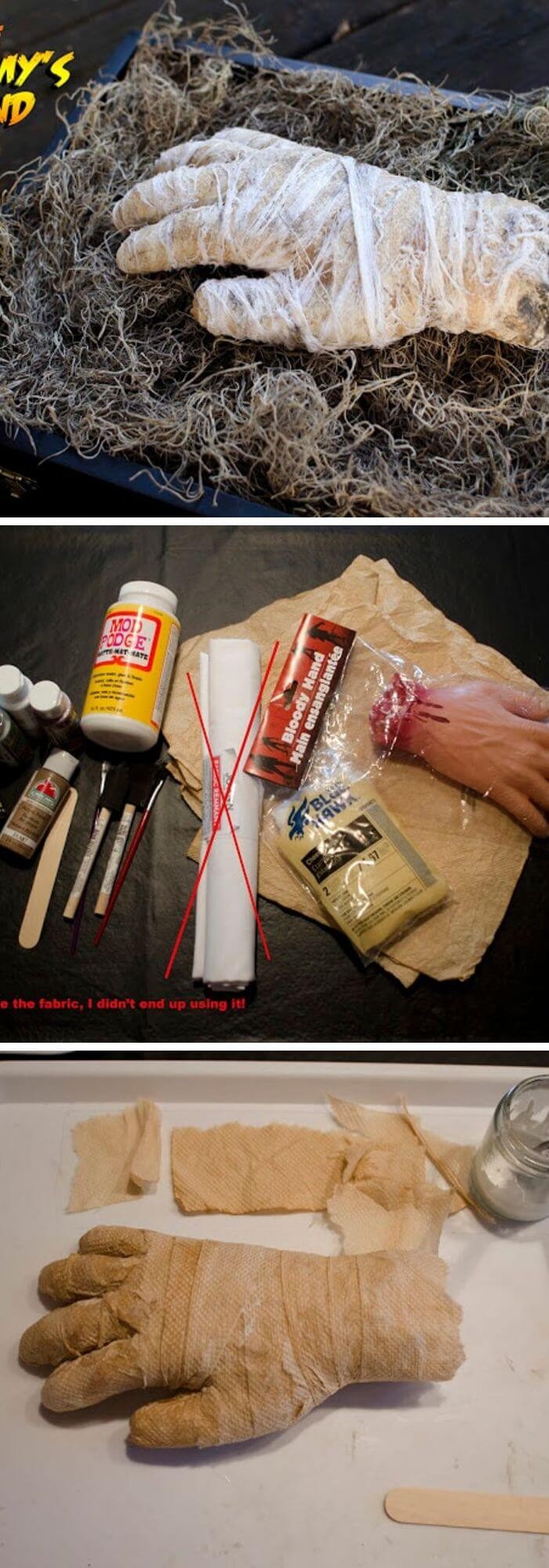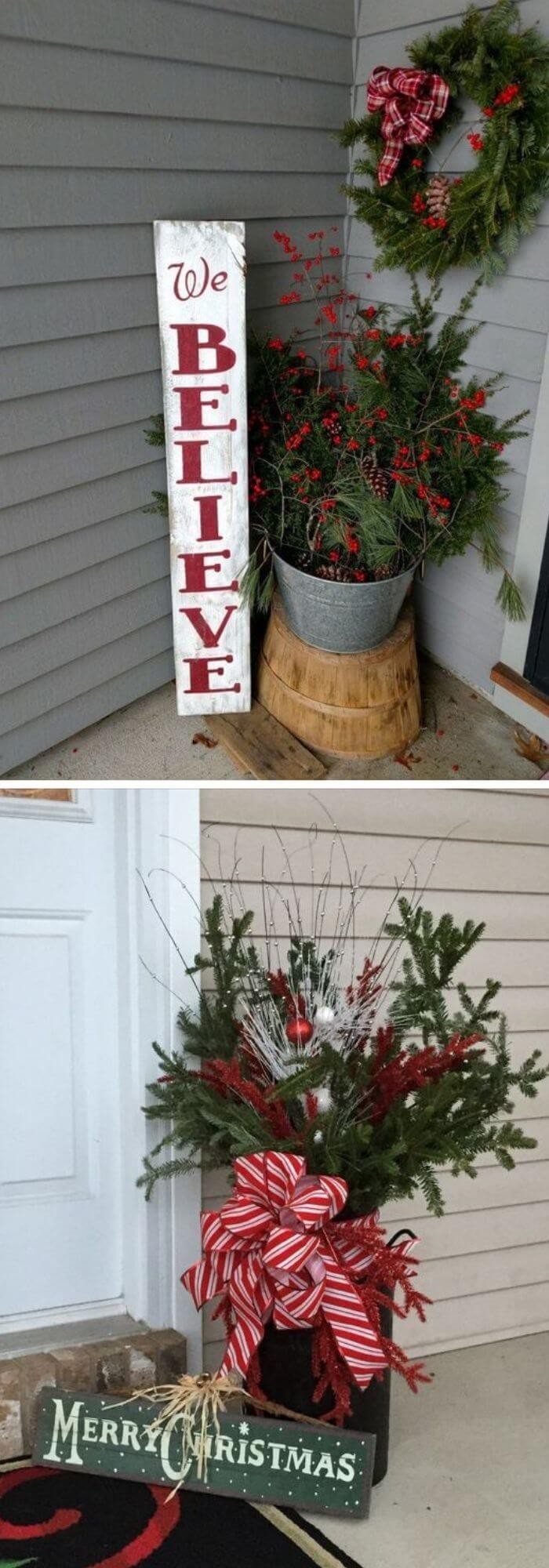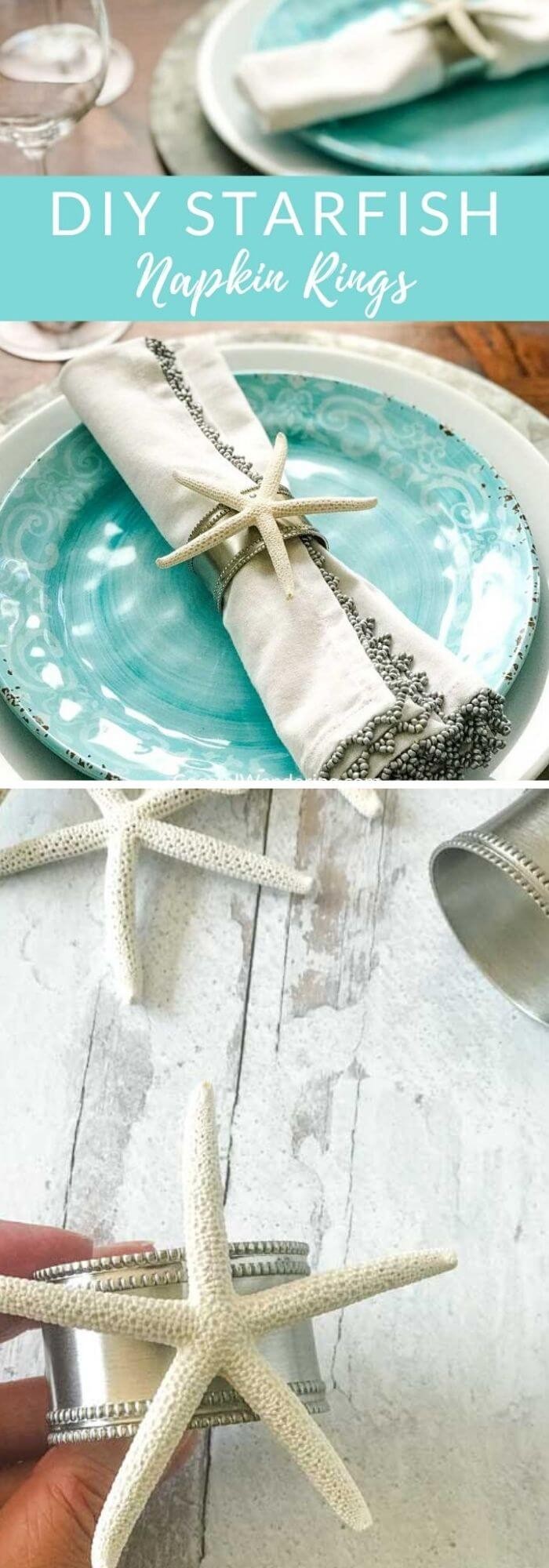33+ Rare Flowers You Have Probably Never Seen
Flowers have long fascinated us, and it’s no surprise that we’re drawn to the rarest ones. Not only do they offer a glimpse into nature’s incredible diversity, but some can even be brought indoors to add a touch of elegance to our homes. But just how rare are these flowers? Where can we find them, and what makes them so unique? In this article, we’ll delve into the world of rare flowers, exploring 33 specimens that defy explanation.
From the Black Bat Flower with its striking black petals to the Corpse Flower’s pungent aroma, each one has a story to tell. We’ll also explore some of the most pressing questions surrounding these enigmatic blooms: what is the rarest flower in the world? What about the ugliest flower, and how does that even work? And for all you rose enthusiasts out there, which is the rarest rose?
As we journey through this floral wonderland, we’ll also touch on some of the most intriguing aspects of these flowers. For instance, what’s the oldest flower still in existence today? And which ones can only be found in a single location? We’ll even venture into the world of Animal Crossing to discover the rarest flower in that virtual realm.
As we conclude this journey through the rare and wondrous world of flowers, we’ll also look at some of the most expensive and sought-after blooms out there. So sit back, relax, and get ready to be amazed by the sheer diversity and beauty of these incredible flowers.
Rare flowers
The scarcity of certain flowers can be attributed to several factors. One contributing factor is the disappearance of their natural habitats, leaving them with nowhere to thrive. Another reason is that they are highly specialized, requiring specific growth conditions and pollinators to survive. Additionally, some rare flowers are lesser-known cultivars of more popular plants, making them harder to find. Others only bloom for a short period, sometimes spanning hundreds or thousands of years.
Finally, these flowers often struggle with low reproductive rates, making it difficult for them to sustain their populations. If you’re interested in learning more about these elusive blooms, here’s a list that serves as a valuable reference point.
Black Bat Flower (Tacca chantrieri)

The Rafflesia arnoldii, also known as the corpse lily, is a rare and unique black flower that’s endemic to Southeast Asia. Its striking appearance, featuring stamens resembling whiskers, gives it its peculiar name. While they may not be extremely difficult to find, these flowers do have a certain mystique to them. If you’re interested in cultivating one for yourself, the good news is that they can thrive indoors with the right conditions.
A humid and cool climate is essential for their survival, making them an attractive option for indoor gardeners.
Chocolate Cosmos (Cosmos Atrosanguineus)
The Mexican native, known as the rarest flower, has vanished from its natural habitat due to destruction. Currently, only a select few possess the knowledge on how to propagate this delicate bloom, rendering it an exclusive and costly find in nurseries and gardens. Its extraordinary beauty is further enhanced by its reddish-brown petals resembling cocoa and a sweet fragrance reminiscent of rich chocolate.
Cooke’s Kokio (Kokia Cookei)

The Hawaiian hibiscus family is home to yet another remarkable species, characterized by its large, ivy-like leaves that support showstopping deep red flowers. The latter’s unique appearance is reminiscent of a Cocker Spaniel’s ears, complete with a delicate, dangling plume at the center. Unfortunately, this stunning bloom has been declared fully extinct due to widespread deforestation and its scarcity in the wild.
Corpse Flower (Amorphophallus titanum)

The Titan arum, also known as the corpse flower, is primarily found in Southeast Asian rainforests at elevations of approximately 12 feet. Its endemic presence is particularly prominent in Indonesia. The species earns its name from a distinctive and unpleasant odor that bears resemblance to a decaying corpse or rotten meat. This unique characteristic has led to it being referred to as the Titan arum.
Dancing Girls flower (Impatiens bequaertii)
The African Violets, native to East Africa, have earned the reputation of being one of the rarest flowers globally due to their elusive nature in their natural habitat. However, this uniqueness is also what makes them highly prized for cultivation in containers. Their petal structure, resembling dancing girls, has inspired the flower’s name and fuels the demand for these exquisite blooms.
Devil’s Hands flower (Chiranthodendron pentadactylon)
In Mexico, the Monkey’s Paw is a revered botanical, boasting an otherworldly appearance that has captivated locals and botanists alike. Its striking blooms feature a vibrant red ‘hand’ emerging from a deeper brown-red petal, evoking a sense of mystique. In Mexican culture, this enigmatic flower is imbued with profound spiritual significance. Moreover, the fruit it yields plays a crucial role in indigenous medicine, specifically in treating cardiovascular ailments.
Dutchman’s Pipe Cactus (Epiphyllum Oxypetalum)

The exotic Orchid Bee Orchid (Dendrobium cuthbertsonii) is native to India and Sri Lanka, but its population has been severely impacted by habitat loss. This species is renowned for its unique trailing stems and colossal flowers. Furthermore, it boasts striking back petals that form a majestic crown-like shape. Interestingly, in the late 1990s, this orchid held the record for being the most expensive flower in the world, underscoring its remarkable allure.
Fire Lily (Gloriosa Superba)
The Flame Lily, also known as Hemerocalis, is a rare and endangered species found in Asia, the Pacific, and Africa. Its striking trumpet-shaped flowers come in vibrant hues of orange, yellow, and fiery red, evoking images of flames. However, this beauty comes with a warning: its flowers are toxic and can cause skin irritation upon exposure. Despite their stunning appearance, Flame Lilies have fallen prey to overharvesting, making conservation efforts essential to preserve this unique species.
Franklin Tea Flower (Frankliana Alatamaha)
While it’s still present in certain American regions, the Franklin tree is now considered rare due to its disappearance from the wild. Today, we only see cultivated specimens that have been propagated from seeds saved during the 1800s. The tree’s flowers are characterized by their white, cup-shaped appearance and a sweet fragrance reminiscent of honeysuckle.
Ghost Orchid (Dendrophylax Lindenii)

This unique plant’s growth is conditional on a specific microclimate. It requires both high humidity and temperature to flourish, specifically in cypress swamps where a particular fungus is present. What’s more, its photosynthetic process occurs in its roots, allowing it to thrive by exploiting nutrients from surrounding plants – a distinct departure from most other plant species.
As an added layer of complexity, this orchid doesn’t produce leaves like its counterparts, making it even more vulnerable. Unfortunately, its rarity has led to its classification as an endangered species.
Gibraltar Campion (Silene tomentosa)

In the late 1900s, this enigmatic bloom was first discovered in the Rock of Gibraltar. Its subsequent disappearance led to it being listed as extinct. However, a surprise resurgence occurred in 1994 when the flower reappeared in the same location. A closer look reveals that each stem is adorned with an unusual four to five petals, making it a rare and precious find.
Today, efforts are in place to safeguard these last remaining Gibraltar campions under environmental legislation, ensuring their continued survival.
Hawaiian Hibiscus (Hibiscus arnottianus subsp. immaculatus)
The immaculatus species of Hawaiian hibiscus is a unique and elusive find, as its habitat is limited to the wet mountain rainforests of Oahu and Moloka’i. In fact, this particular species only thrives on the island of Moloka’i, making it an even more rare and coveted discovery. When the summer season arrives, the immaculatus hibiscus bursts forth with vibrant flowers in a kaleidoscope of colors, including yellow, purple, orange, red, and pink.
Hooker’s Lips (Psychotria elata)
The ‘hot lips’ or ‘flower lips’ moniker is well-deserved, as this plant bears an uncanny resemblance to the iconic logo. Its glossy, deep green leaves provide a striking backdrop for the red bracts that unfold like pouty lips. The crowning glory, however, lies in the tiny yellow flower nestled within the bracts. Native to Costa Rica, Panama, and Colombia, this species has unfortunately fallen victim to habitat loss, rendering it endangered.
Jade Vine (Strongylodon Macrobotrys)

The Jade vine, an orchid species native to the rainforests of the Philippines, has unfortunately become a rare and endangered find due to widespread deforestation and overharvesting. Its striking appearance is characterized by its unique turquoise blue and emerald hues, accompanied by claw-shaped blooms that resemble small grapes dangling from above.
One major obstacle in cultivating this orchid is its reliance on specific pollinators – birds and bats – which makes propagation a challenging task.
Juliet Rose
One of the world’s most precious and costly roses, the Juliet, boasts a unique characteristic that sets it apart from other varieties: it takes an astonishing 15 years to mature before blooming flowers. This rarity is mirrored by its price tag, with each rose costing at least $120 – earning it the moniker ‘the £3 million rose.’ The flower’s beauty is further accentuated by its soft apricot and peach hues, which give way to delicate mini florets at its center.
Kadupul Flower (Epiphyllum Oxypetalum)
This enigmatic cactus species defies expectations with its unusual flowering pattern. Rather than being a rare plant, it’s the blooming habit that sets it apart. Specifically, this cactus only produces flowers at night, and when it does, they’re large, star-shaped wonders that surprisingly wither away by morning. This nocturnal bloom has earned it another nickname: the Dutchman’s pipe.
For those interested in learning more about these unique plants, check out our related content on types of cacti.
Lady’s Slipper Orchid (Cypripedioideae)
While Lady’s Slipper orchids can be found in their natural habitats, they are actually quite rare and distinct due to their unique flower structure. The blooms emerge from a pouch-like part of the flower, setting them apart from other species. Interestingly, this orchid was previously considered extinct before its rediscovery in the 2000s, when a yellow variant was discovered accidentally in England.
Middlemist’s Red Camellia (Camellia ‘Middlemist’s Red’)
This enigmatic flower has earned a reputation for being one of the rarest in the world, with its existence confined to only two locations: New Zealand and London. Interestingly, it originated from Asia, where it is now considered extinct. The British botanist John Middlemist played a crucial role in introducing the flower to London in 1804. When in bloom, this showstopper reveals itself as a vibrant, dark pink camellia nestled amidst lush foliage.
Monkey Face flower (Dracula simia)
The unusual appearance of this flower earns it another nickname, Dracula. This moniker stems from its striking features, which include two long fangs protruding from the petals, accompanied by a pair of furry eyebrows resembling those found on primates, a beard-like appendage, and a small nose. Upon closer inspection, one might be reminded of a monkey’s face amidst the burgundy and pink hues.
This unique bloom is endemic to the southwestern regions of Ecuador and Peru, where it thrives at elevations of approximately 3000 feet above sea level.
Naked Man orchid (Orchis italica)
The Hanging Man Orchid earns its peculiar name from the unique appearance of its flowers, which resemble clusters of small, bare figures suspended on a circular rope. Each ‘figure’ is adorned with a petal crown that resembles a head, further solidifying the ‘hanging men’ illusion. Unfortunately, this unusual orchid has been pushed towards endangerment due to excessive harvesting.
The flowers are highly valued for their medicinal properties and are often collected to produce Salep or Turkish Delight, a popular beverage.
Night-Blooming Cereus (Selenicereus grandiflorus)

The ‘Queen of the Night’ is an extraordinary species that defies expectations by only showcasing its striking white, star-shaped blooms for a fleeting 24-hour period each year. As the sun dips below the horizon, these rare flowers begin to unfurl, releasing a sweet, vanilla-scented aroma into the air. Come morning, however, they wither and disappear, leaving behind only memories of their brief yet enchanting display.
Parrot’s Beak (Lotus berthelotii)

The Parrot’s Beak, native to the Canary Islands, is an extremely rare species that thrives only on trailing vines. Conservation efforts are underway in Spain and the Canary Islands to protect the remaining populations of this unique plant. Its striking appearance earns it alternative names such as coral gems or pelican’s beak, with its petals forming a vibrant red and orange beak-like shape.
Pokemeboy (Vachellia Anegadensis)

The Poke-Me-Boy Tree bears a striking resemblance to the locust tree, boasting an undeniable charm thanks to its distinctive pinnate leaves and vibrant yellow flowers that resemble small pompoms. Unfortunately, this unique species is found exclusively in the British Virgin Islands, where it’s now listed as critically endangered due to the impact of tourism and habitat constraints.
Rafflesia Flower

Indonesia’s national flower, the Rafflesia arnoldii, is a striking yet unusual specimen. Measuring up to three feet in diameter, it holds the distinction of being one of the largest flowers in the world. Its rarity stems not only from its enormous size but also from its pungent aroma, which is reminiscent of rotting flesh. This unique characteristic is shared with the corpse flower, another rare and distinctive bloom.
Furthermore, this flower is remarkable for its lack of roots, leaves, or stems, earning it the colloquial name ‘stinking corpse lily’.
Red Indian Pipe (Monotropa Uniflora)

At first blush, the clusters of white flowers on this enigmatic plant may evoke a sense of unease due to their uncanny resemblance to strange mushrooms. The translucent stems and pipelike appendages add to the mystique, making it a rare sight in the natural world. One reason for its relative scarcity is that these plants don’t rely on photosynthesis to grow; instead, they can thrive anywhere, unencumbered by the need for sunlight.
As if this weren’t peculiar enough, their blooms are triggered only after a good rain shower, much like certain species of mushrooms. This unique combination of characteristics has led scientists to classify these plants as parasitic, perpetually seeking sustenance from other organisms.
Rothschild’s Slipper Orchid (Paphiopedilum Rothschildianum)
The Rothschild’s slipper orchid, considered the rarest of all slipper orchids, is a marvel of rarity. Found exclusively in northern Borneo and Malaysia, this enigmatic species requires an astonishing 15 years to mature and bloom. The uniqueness of its striped yellow and black petals, arranged horizontally across each other, only adds to its mystique. A prized commodity on the black market, it fetches a staggering $5000 per plant.
Nicknamed the Gold of Kinabalu due to its regular sightings in Kota Kinabalu, this orchid’s allure is undeniable.
Sea Daffodil (Pancratium Maritimum)
The sun-kissed sea daffodil, a rare and unique bloom, is native to the Mediterranean region. Its striking appearance, with many rays resembling the sun’s warmth, is a treat for the eyes. What makes this species truly remarkable is its peculiar growth habit – it thrives in clusters on beach sand during the summer months, but never ventures inland. Unfortunately, the very popularity that draws tourists to these shores has put the sea daffodil at risk of extinction.
In many countries where it’s found, picking this delicate flower is strictly prohibited and punishable by law, underscoring the importance of preserving this natural wonder.
Shenzhen Nongke Orchid (Gloriosa Rothschildiana ‘Shenzen Nongke’)
One of the most renowned Gloriosa orchid cultivars is the Chinese-exclusive variety that blooms infrequently, only every five years. The striking flowers feature green and yellow petals with a prominent central petal, making them a true marvel of nature. While cultivation is possible, the hefty price tag of $290,000 per plant likely contributes to its scarcity, adding to its allure for enthusiasts.
Swaddled babies (Anguloa uniflora)
Tulip orchids, discovered in the 17th century in the Colombian Andes, owe their unique name to the larger petals that protrude in an overlapping manner, resembling swaddling clothes – actually, they’re wrapping around the pollen sac. This distinctive feature has been a hallmark of these rare flowers ever since.
Unfortunately, tulip orchids are now facing extinction due to habitat loss, which poses a significant threat not just to their own survival but also to the biodiversity of birds and insects in Colombia that rely on them as a vital food source.
Vulcan’s Trumpet (Brugmansia Vulcanicola)
Although it’s already disappeared from its natural habitat, the peach-colored, trumpet-shaped flower with a distinctive drooping habit had gone unnamed until the 1990s. This plant can grow up to 13 feet tall, with flowers reaching 9 inches in length. Its native range is the high-altitude regions of Colombia and the entire Andes area.
Western Underground Orchid (Rhizanthella Gardneri)
The underground dwelling of this peculiar plant is matched only by its unusual appearance. Despite thriving in darkness, never experiencing sunlight, the plant’s pinkish-white petals are surprisingly encased within a pink bract. This unique feature can accommodate at least 100 petals and unfolds like a pomegranate fruit. Its native habitat lies in Australia, although it has sadly been listed as critically endangered.
White American waterlily (Nymphaea odorata)

Once thriving across all US states, this aquatic plant is now found only in select southern regions, earning an endangered listing. Its striking feature is a large, star-shaped flower with a delicate white hue, accompanied by a substantial leaf. This fragrant water lily blooms in the morning, unfolding its beauty before retiring at night. Despite its decline, it remains a captivating sight for those fortunate enough to spot it.
Youtan Poluo

Udumbara, a rare and enigmatic flower, has been shrouded in mystery for centuries. Its unique characteristic is its extremely low blooming frequency – every 3000 years to be exact. This diminutive yet fascinating flower is endemic to China and Taiwan, where it thrives as a parasitic species, often feeding on palm leaves. The Udumbara’s extraordinary fragrance, reminiscent of sandalwood, fills the air when it blooms in clusters.
Its discovery in 2010 by a Chinese nun in her home added to its mystique. In Buddhist texts, this flower is revered for its symbolic representation of immortality, further solidifying its allure.
FAQs about rare flowers
What is the rarest flower in the world?
The Middlemist Red Camellia, often referred to as the rarest flower in the world, has a rich history that dates back to 1804. Initially discovered in China, it was brought to London by botanist John Middlemist as a specimen, marking its entry into European soil. What makes this flower so exceptional is its current scarcity – it’s now extinct in its native China and only two surviving specimens can be found in London and New Zealand, making its existence a rare and precious gem.
What is the rarest flower color?
While blue-colored blooms are certainly rare in nature’s vast array of floral wonders, it’s fascinating to note that a mere 10% of the world’s approximately 280,000 species of flowering plants boast this coveted hue. Among these blue beauties are Delphinium, Aster, Hydrangea, Lily of the Nile, Columbine, and Globe thistle, each one a stunning example of Mother Nature’s artistic prowess.
What is the ugliest flower in the world?
The Gastrodia agnicellus, infamously dubbed the ugliest flower in the world, defies conventional beauty standards with its eerie appearance. Resembling a subterranean creature or a cluster of lamb tongues, this peculiar orchid lacks stems and roots, making it all the more intriguing. Its discovery in Madagascar in December 2020 was an unexpected surprise for a team of botanists who stumbled upon the species by chance.
As a listed threatened species, the Gastrodia agnicellus is now under law protection, ensuring its unique existence is preserved for future generations.
What is the rarest rose?
The Juliet rose stands out as a rare gem among the world’s flora, boasting an exclusivity that stems from its extraordinary blooming cycle: every fifteen years, this majestic bloom unfurls its petals. This elusive phenomenon is further exacerbated by the flower’s specific growing requirements and unparalleled beauty. As a result, the Juliet rose has earned a reputation as one of the most expensive flowers in the world, with each plant commanding a staggering price tag of $3 million.
What is the oldest flower in the world?
While Montsechia vidalii, the ancient flower from the Pyrenees, may take the crown as the oldest flower in existence, fossil records dating back to 130 million years ago, its modern-day counterparts are few and far between. On the other hand, roses have been a staple of human cultivation for an impressive 5,000 years, with their origins tracing back to Asia.
With over 150 species to date, it’s no wonder that this iconic bloom has endured as one of the most resilient and beloved flowers in the world. For 35 million years, roses have adapted to their environments, evolving into the diverse array we know and love today.
What are the rare flowers that only grow in one place?
There are nine rare flowers that have an extraordinary claim to fame – they can only be found growing in one specific location. Here’s a selection of these unique blooms: Kokia Cookei thrives exclusively on the island of Moloka’i. The Gibraltar Campion, as its name suggests, is endemic to Gibraltar Rock. The Jade Vine, a rare sight indeed, grows solely in the Philippines. Tallong midge-orchid can be found in New South Wales, Australia.
Erica abietina, also known as Table Mountain Erica, has its home on the slopes of Table Mountain, Cape Town, South Africa. These remarkable flowers are a testament to the incredible diversity and adaptability of plant life.
What is the rarest flower in Animal Crossing?
Animal Crossing has taken the gaming world by storm, reigning supreme as the most popular simulation game to date. Among its many charms is the elusive Lily of the Valley, a rare flower that only reveals itself under peculiar circumstances. Unlike other flora in the game, this gem cannot be cultivated through conventional methods, making it all the more precious and challenging to acquire.
What is the most expensive rare flower in the world?
Among the most sought-after and valuable flowers in the world are those that possess extraordinary characteristics, such as rarity, unique appearance, or exceptional fragrance. These rare flowers have caught the attention of florists, collectors, and enthusiasts alike, with prices reaching astonishing figures. For instance, the Saffron crocus is renowned for its golden stigmas, which can fetch a whopping $840 per pound.
Other notable mentions include the Gold of Kinabalu orchid, valued at $4,200 per plant due to its extraordinary beauty; the Shenzhen Nongke orchid, which commands a price tag of $225,000 per plant for its one-of-a-kind features; and finally, the Juliet Rose, boasting a staggering value of $3 million per plant, making it one of the most expensive flowers in the world.
Conclusion
Nature’s rare flowers are not only breathtakingly beautiful but also a testament to the intricate balance of environmental processes. While many factors contribute to their rarity, including extinction and human activities like deforestation and habitat loss, some unique specimens have evolved under special conditions. Understanding these extraordinary blooms can prove useful in unexpected situations.
Moreover, for those passionate about botany, cultivating rare plants indoors can be a rewarding experience – albeit at a premium cost. The end result, however, is well worth the investment.
Related Posts
When it comes to ordering flower deliveries, you may be wondering if it’s customary to tip your floral courier. While not mandatory, gratuities can be a thoughtful way to show appreciation for the delivery person’s service and efforts. On the other hand, some might argue that with the rise of online ordering, tipping becomes less relevant. In any case, understanding the norms around tipping flower deliveries is crucial in ensuring you’re making your customers or loved ones happy.
As we explore more topics on flowers and their care, let’s first delve into identifying and removing weeds with yellow flowers, a common issue many gardeners face. Then, we’ll move on to discussing colorful perennials that thrive in partial shade gardens or containers. This will be followed by guides on how to grow and care for African violet plants as well as Astilbe, a flowering perennial ideal for brightening up shady garden corners.
Finally, we’ll top it all off with our top ten picks of shade perennials perfect for cold climates, providing you with valuable tips for growing a lush and vibrant shade garden.






